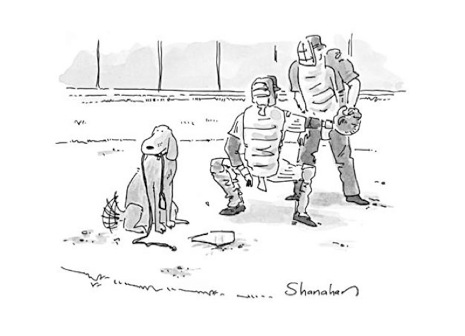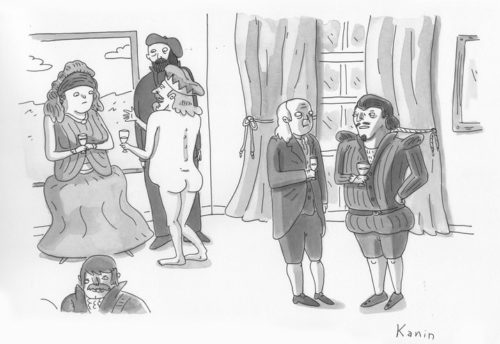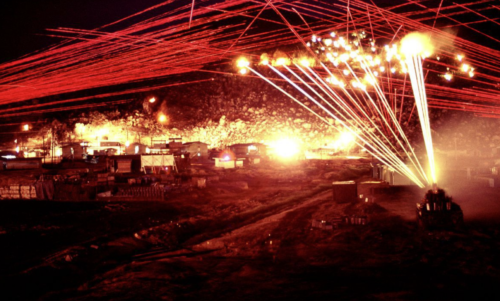
Quanta Magazine quotes a study that reveals how our brains process data, which seems to be both obvious yet also insightful.
The brain prioritizes the detection of objects that are more important for us to see, and those tend to be smaller. To a hawk hunting for its next meal, a mouse suddenly darting through a field matters more than the swaying motion of the grass and trees around it. As a result, Tadin and his team discovered, the brain suppresses information about the movement of the background — and as a side effect, it has more difficulty perceiving the movements of larger objects, because it treats them as a kind of background, too.
I easily can see why our brain would make a priority case for small moving objects against a distant background. Nobody likes getting hit in the head by a baseball.

David Hume famously warned however how this tends to make us prone to poor ethical decisions:
There is no quality in human nature which causes more fatal errors in our conduct than that which leads us to prefer whatever is present to the distant and remote
In the security industry we pour investment into bounties for people who overspecialize to the point of repeatedly finding tiny flaws (like the little bird scanning for their next mouse, the dog catching a ball), while claiming nobody can possibly afford to remain a generalist.
That’s a bad long-term investment strategy, because we become blind to bigger looming directions while we celebrate tiny movements. Admittedly I say this from the position of an inexpensively trained generalist.
Generalists have been proven to reliably predict future events, while specialists increasingly go blind as consequence of improving discovery only within an extremely narrow band.
Also I’m reminded of perception flaws proven by the Monkey Business Illusion. What do your eyes focus on?


